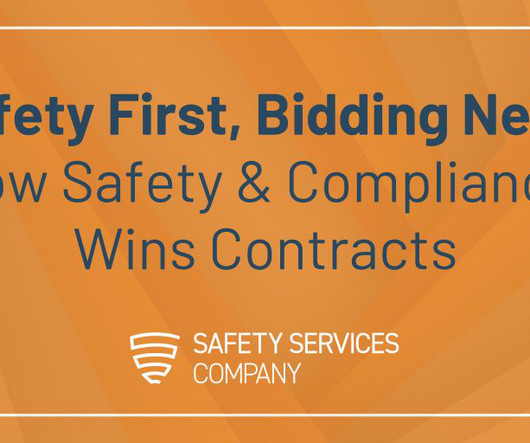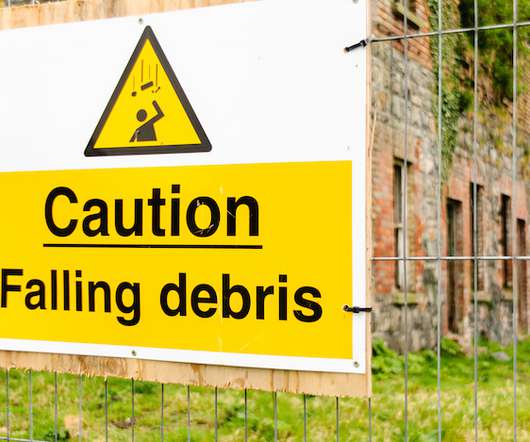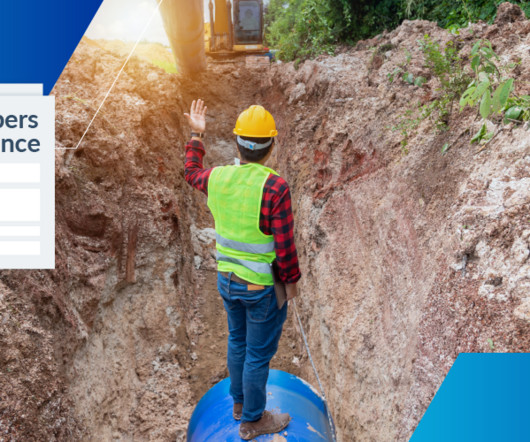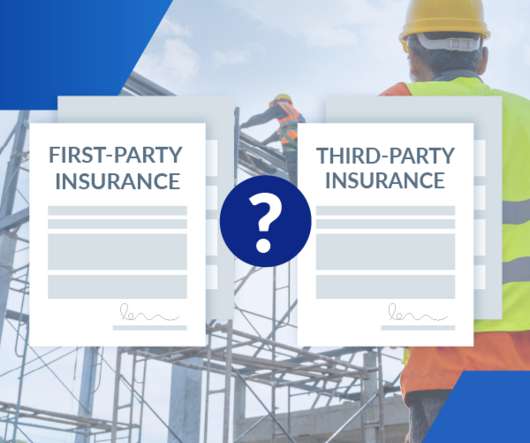Advancing Healthcare: Medical Office Buildings at the Forefront of Access and Safety
BD+C
MAY 3, 2024
The recent trend of moving services and treatment away from general hospitals and towards medical office buildings is one sign of the industry evolving to meet today's challenges and preparing for what comes next. However, unlike other industries, healthcare providers face a number of unique and challenging security issues.











































Let's personalize your content